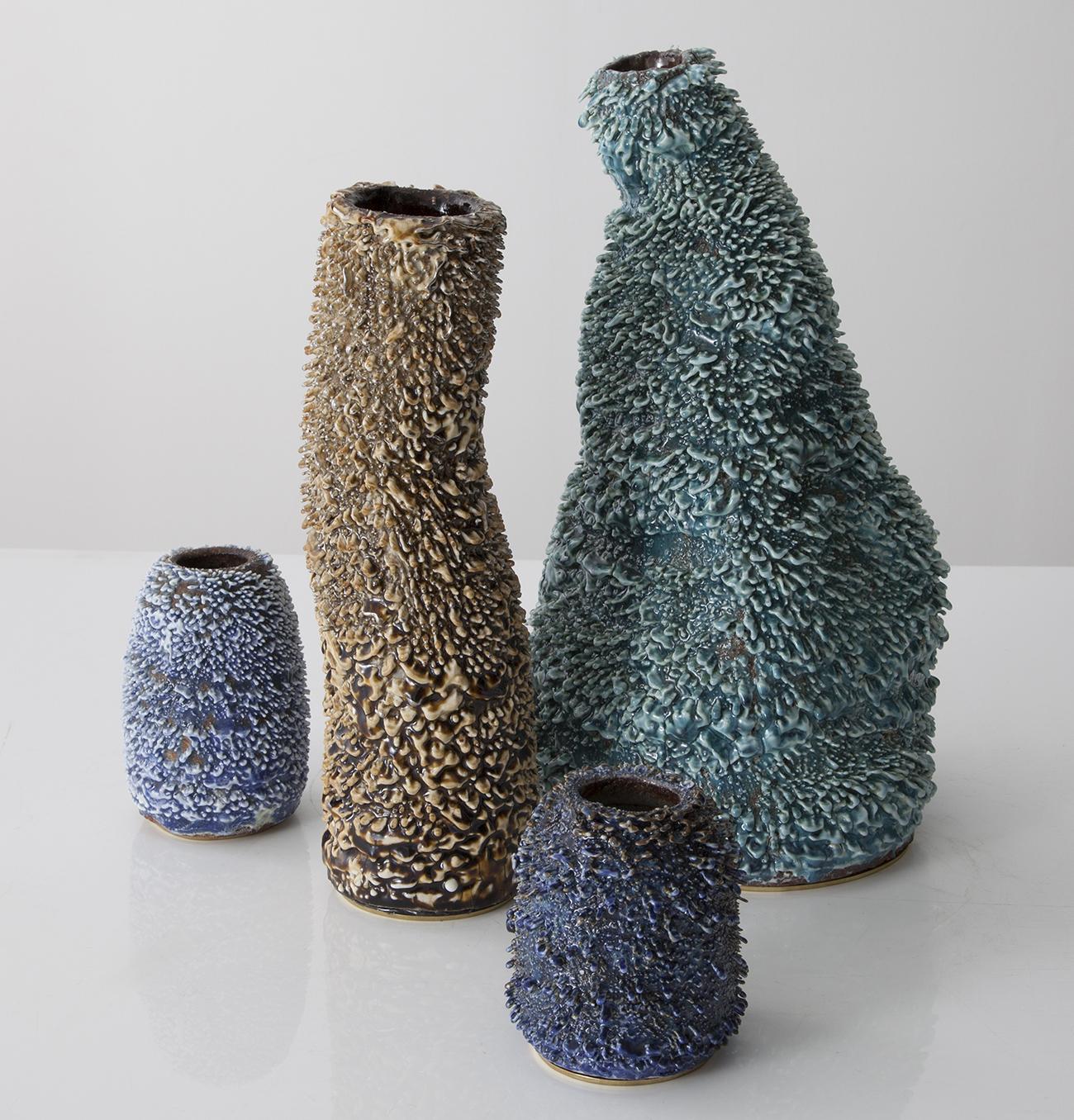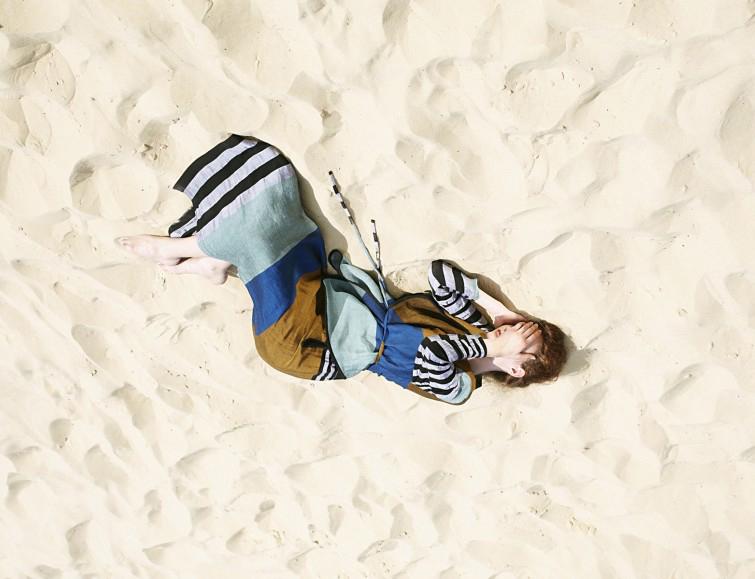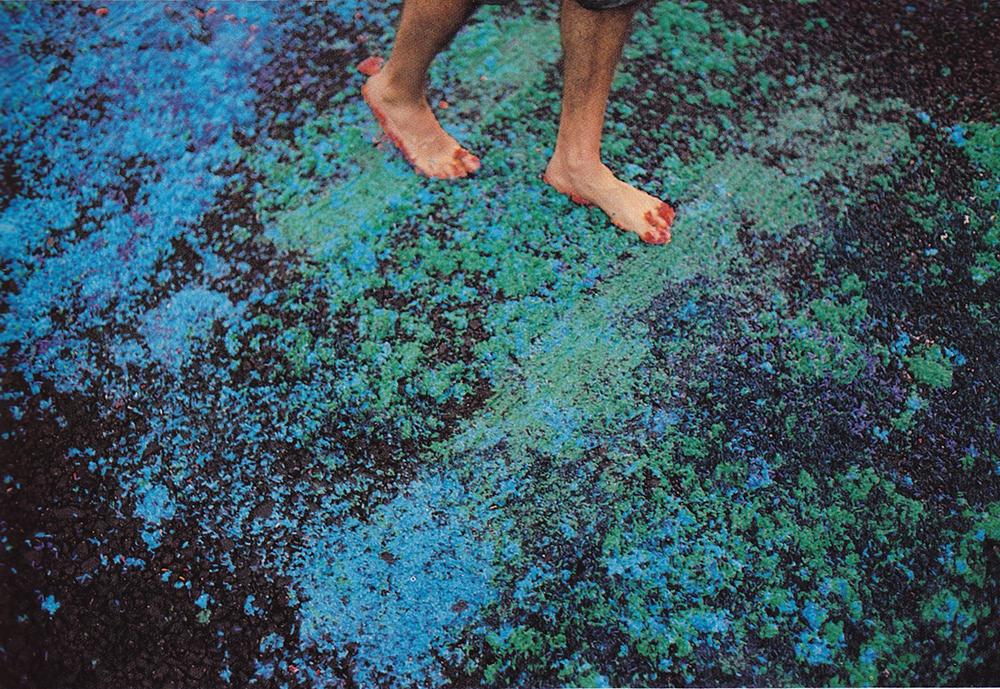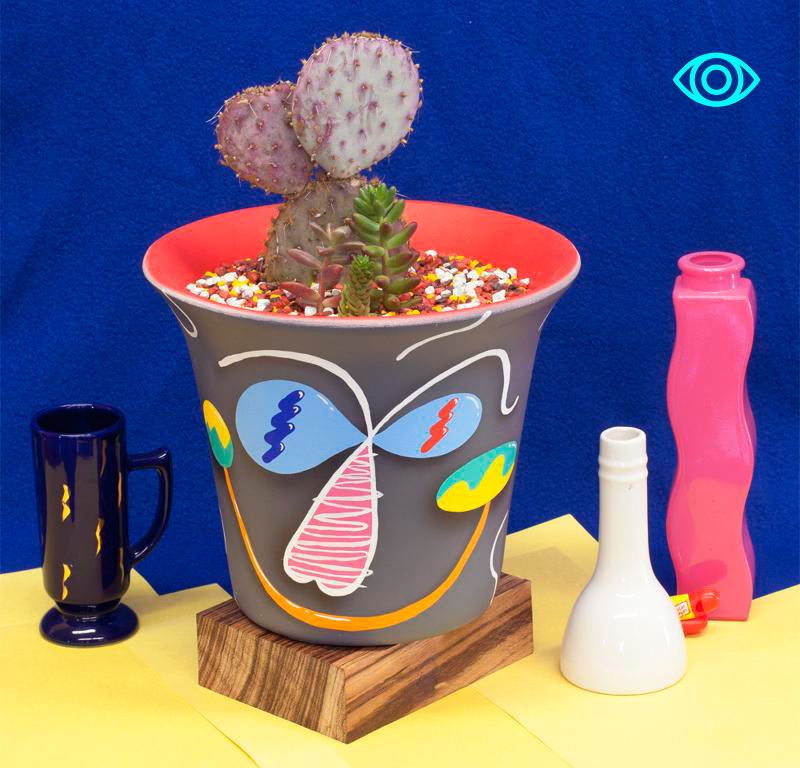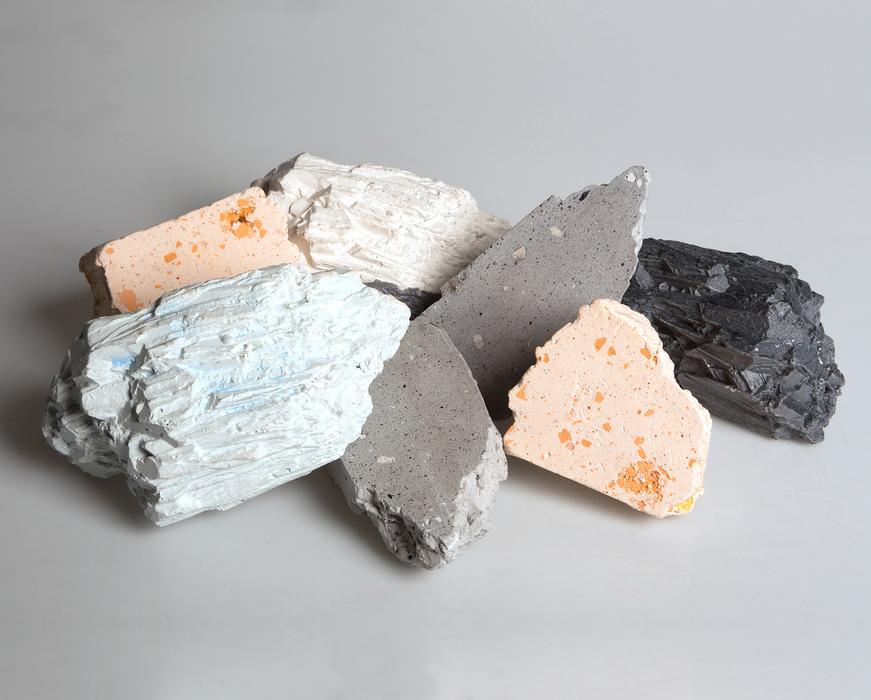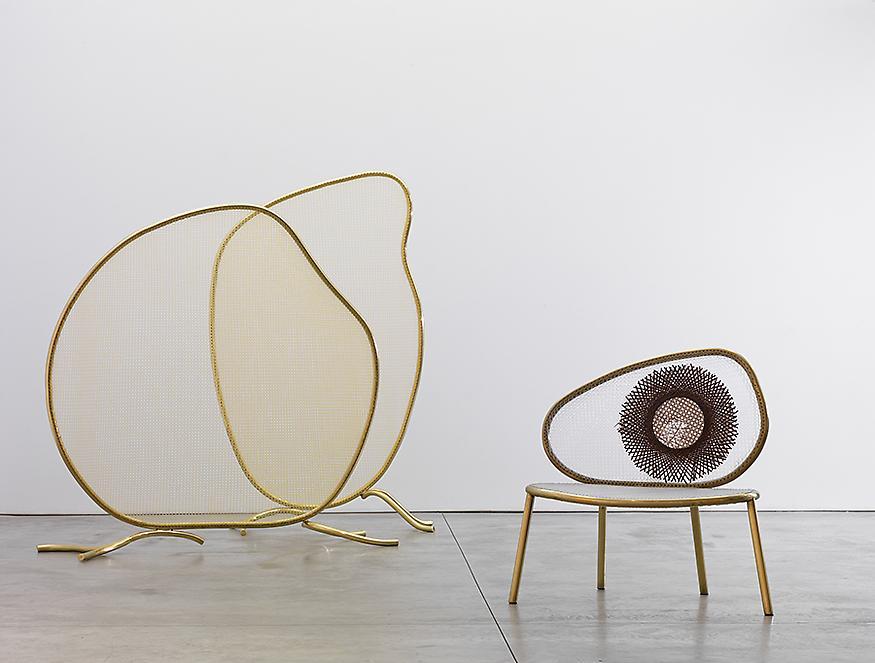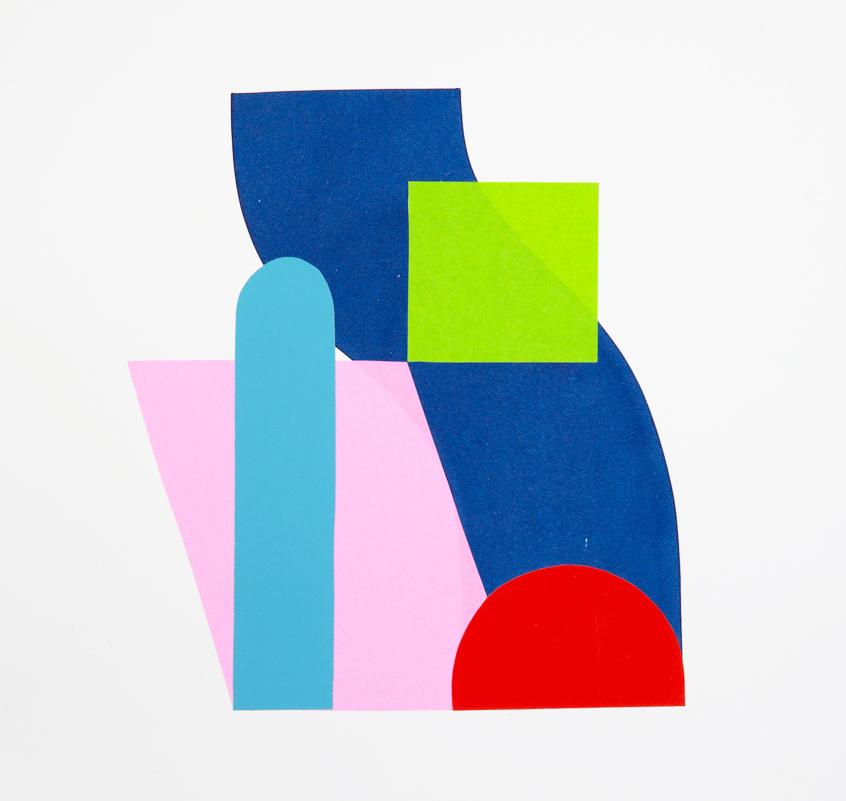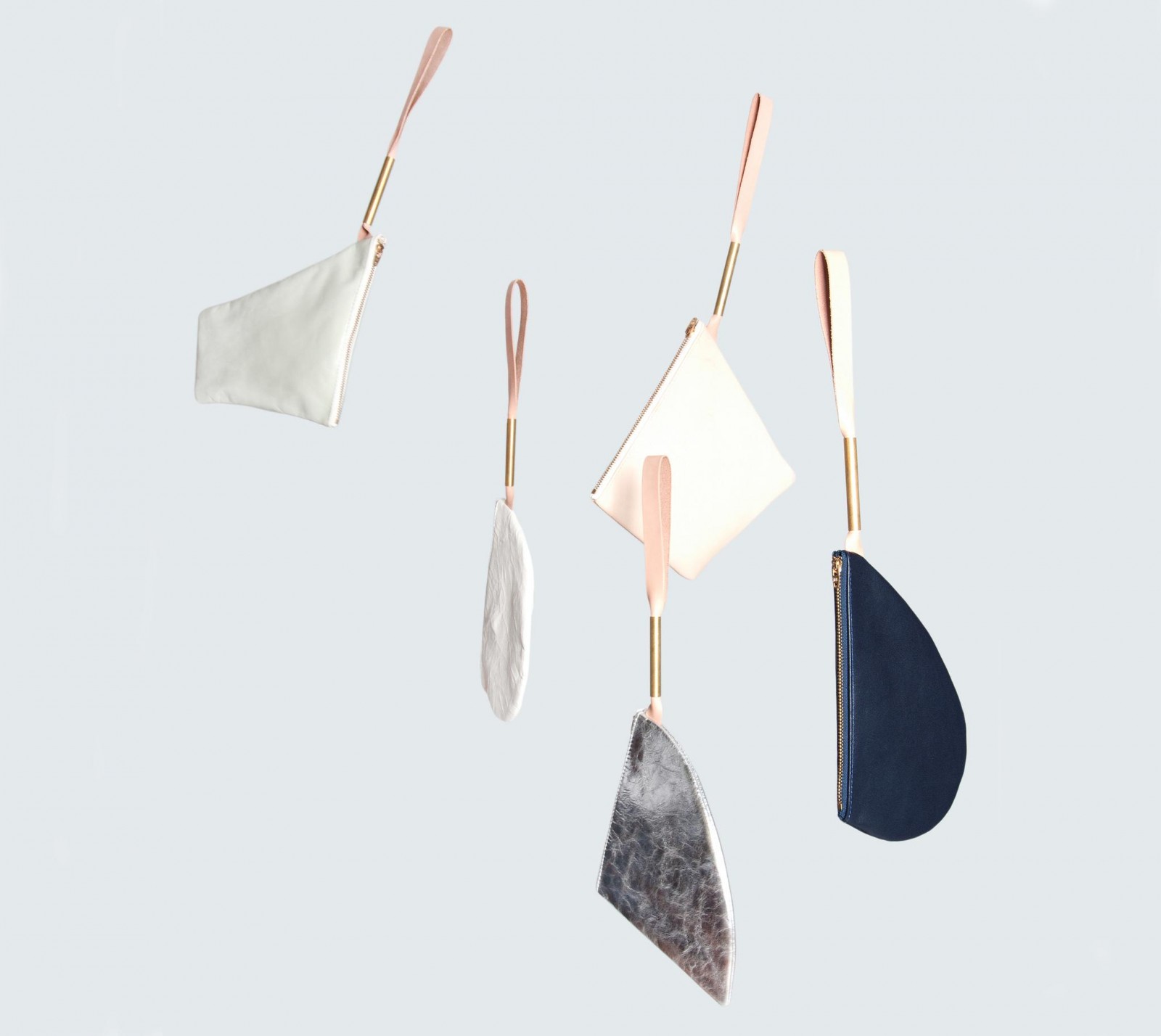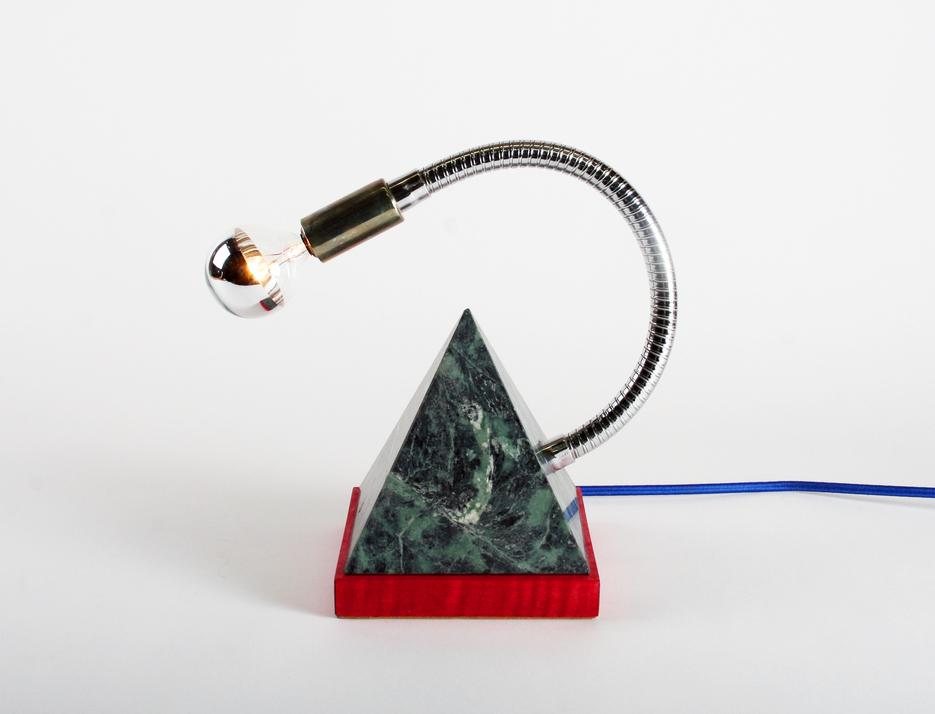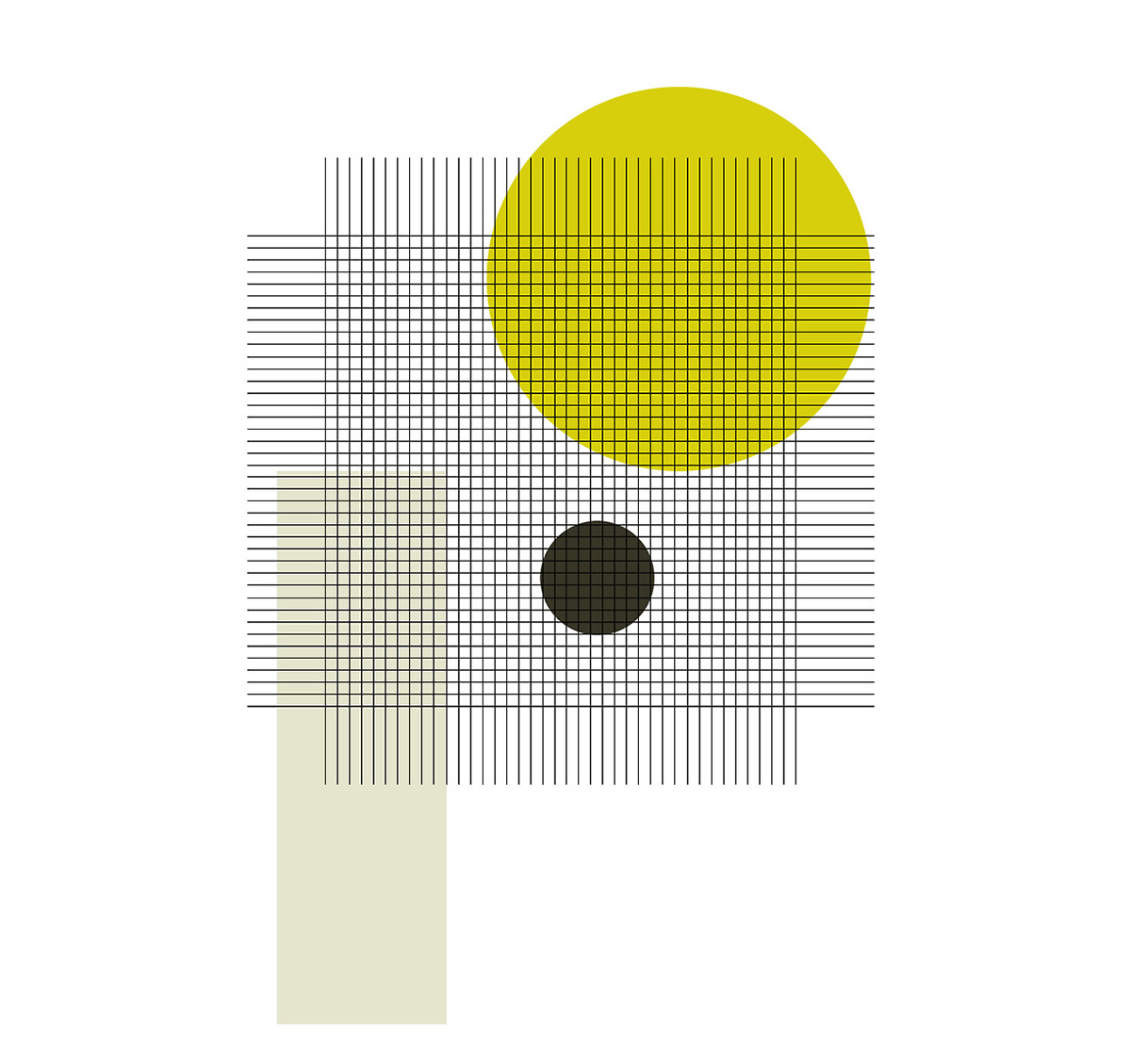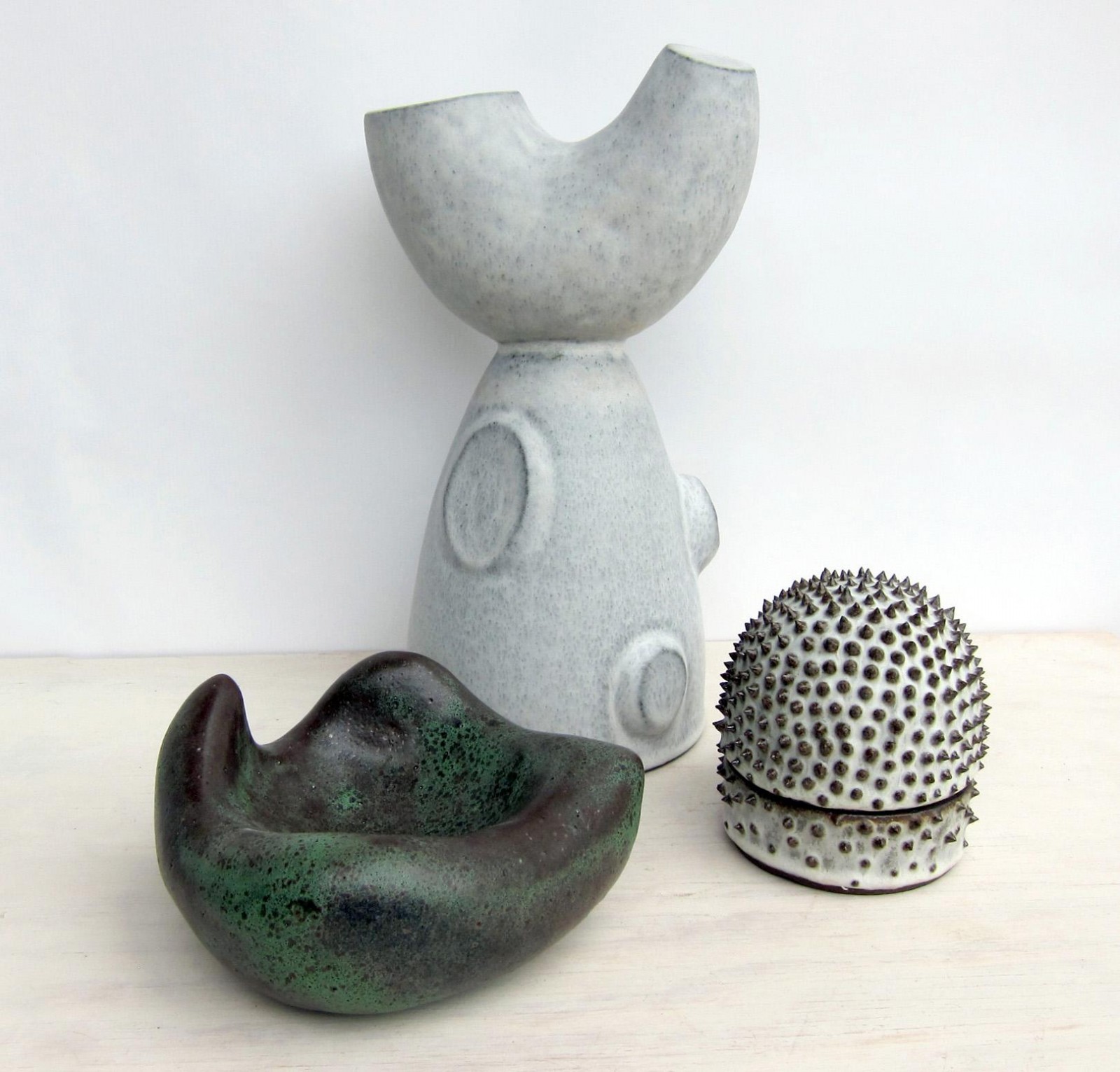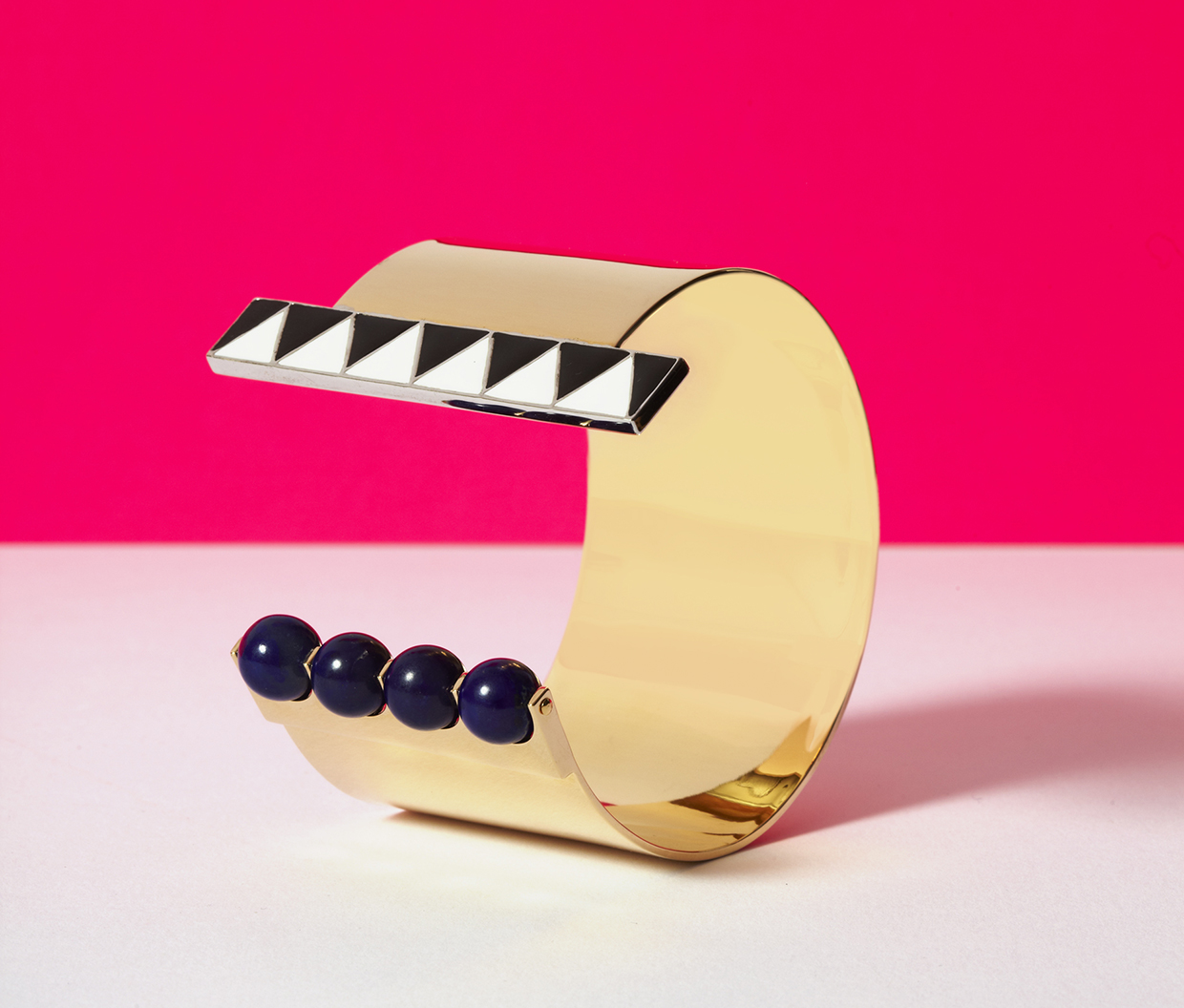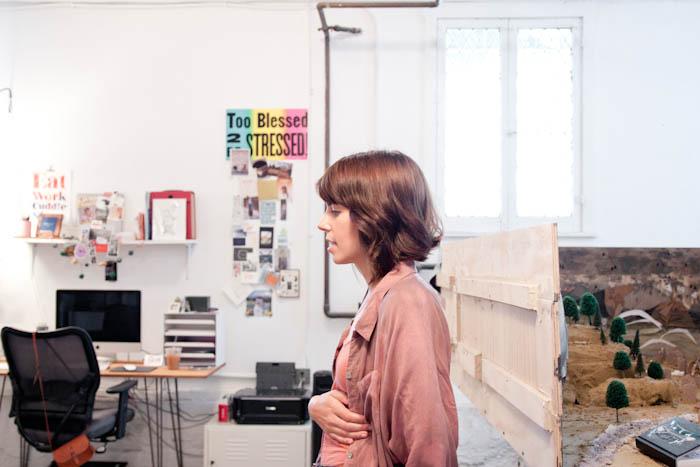Having graduated from fashion school in Dusseldorf, Reality Studio founder Svenja Specht still wasn’t sure what she wanted to do with her life, so she decided to study product design. (Her thesis project was a designy tampon dispenser, which she presented to the class in the university bathroom.) In the midst of those studies — during which she also interned for Jean-Marie Massaud in Paris — she took classes in photography and graphic design, the latter of which she practiced for four years at ad agencies in Beijing after finishing school for good. “I wanted to see and learn as much as possible,” she says of that time. But having had all of those experiences, she recalls, it was New Year’s Eve of 2000-2001 when “it came to me suddenly, just like that, that I needed to go back to fashion somehow.” And so she packed up, moved to Berlin, got a job as a trend forecaster, and three years later launched a clothing line that was every bit as eclectic as her own background, if not moreso.
